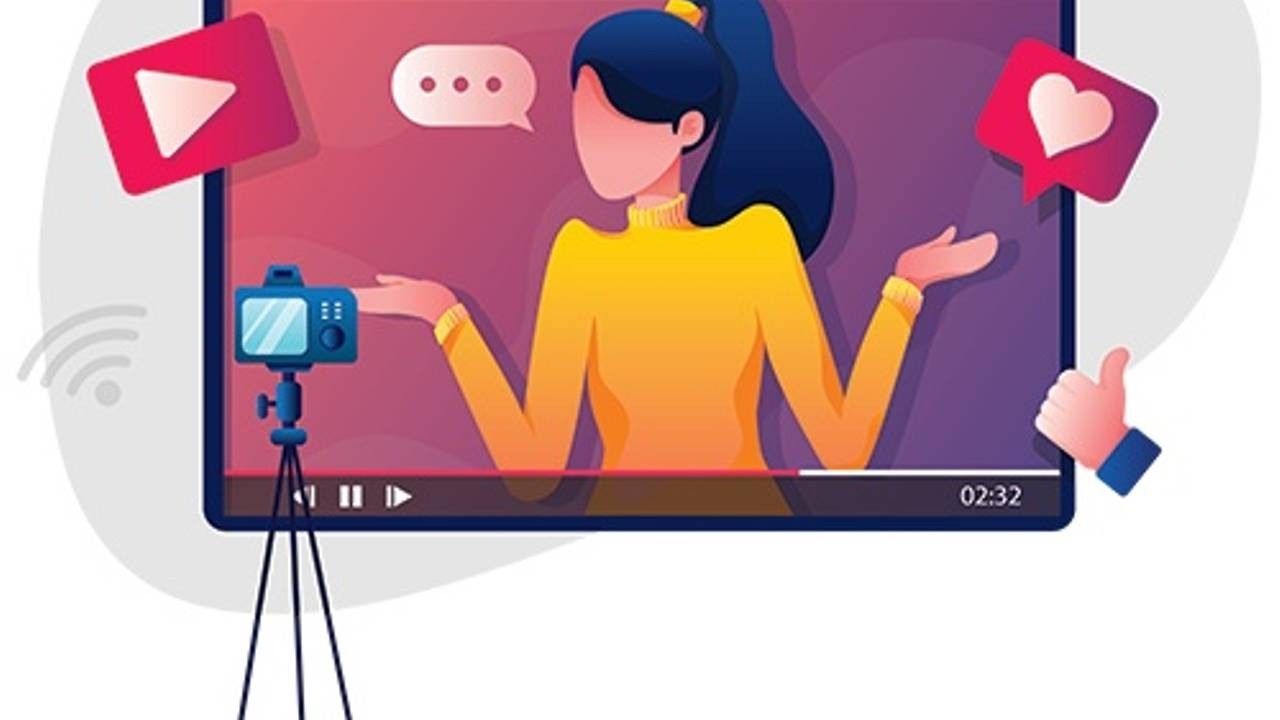Content marketing is a core component of most B2B marketing strategies, and for good reason. Content marketing costs 62% less than traditional marketing and generates 54% more leads. The term content rightly conveys a wide range of formats, including text-based (blogs and articles), image-based (infographics and memes) and video-based content. With such an array of possibilities to choose from, developing a plan can be overwhelming. Fundamentally, the types of content one produces should be influenced by multiple factors – one’s overarching marketing strategy and plan, target audience, sales funnel and range of mediums. Let’s dive deeper into each of these elements below that maximize content marketing impact.
Marketing Strategy & Plan
Content should not be created with solely a “more = better” mindset. Putting quantity over quality. When it comes to content can overload your audience and send the wrong messages. In short, it is essential that marketers be strategic and planful in determining what content their audiences need, when they need it, and in what format they prefer to receive it.
In terms of timing, organizational and audience milestones are important to consider. Is there an approaching product launch? If yes, map which types of content are needed (who/what/where/when/why) throughout the launch campaign. Follow this same approach for seasonal campaigns as well as for key themes and topics that should be focused on throughout the year. Assessing, documenting, and refining these content needs helps to form the basis for an editorial calendar that supports the overall marketing strategy and plan.
There will always be down-the-road instances where internal dynamics, the market, or trends will compel content modifications to some degree. This is to be expected and will not disrupt the efficiencies gained by developing and following a well-prepared plan.
Audience
Be thorough and 100% clear about exactly who each piece of content is being developed for. Content should address the specific needs, wants, and curiosities of one’s customers and prospects. Buyer personas (actual-but-anonymized composites of buyers) are valuable tools for ensuring audience awareness and alignment. Understanding audience characteristics sets the stage for developing relevant and engaging content marketing assets that make an impact. Consider:
- What audience pain points and challenges does your product or service alleviates?
- What questions are prospects and customers looking for answers to or perspectives on?
- What does success look like for your audience and how can content support it?
- What tools and sources does the audience use to find and research answers and alternatives?
Sales Funnel
Content should also be mapped to corresponding stages of the sales funnel. Read more about gated content versus ungated content to understand which content warrants requiring form-submitted.
At the top of the funnel, quickly digestible infographics and blog are especially helpful in building awareness and engagement, giving audiences insight into a company’ approaches and perspectives as well as an introduction to its products or services. In the middle of the funnel, provide longer-form content such as e-books, whitepapers and webinars that go deeper into relevant topics and support how the product or service meets the audience’s particular needs. At the bottom of the funnel, use content that can help close the deal. This is where content marketing makes an impact. This content should demonstrate the value that a company can derive from using your product or service, and often includes case studies, product demos or ROI calculators.
Medium
The medium used to publish your content should also influence the type of content produced. Think of the characteristics of the medium. LinkedIn is a great resource for almost all B2B content, including quick takes on relevant topics and promoting gated pieces to generate leads and website engagement. Facebook and Twitter are good mediums for showcasing company culture, blogs and sharing curated content. Instagram used to be mostly for B2C content but B2B has successfully increased its presence over the last few years, promoting very visual pieces. It is important to test using multiple media and continually refine your tactics to increase impact.
You can also get more from your time and investment by repurposing content across multiple platforms. Consider sending an email with your “Top 5 Blog Posts” or tweeting an article “from the archives.” Echo statistics from an e-book or white paper and create visual graphics for social sharing. Or supplement and reframe the content of an article to create an eBook. Repurposing content is a great way to extend the life of content and increase exposure.
Reap the ROI
If done correctly, a content marketing campaign can produce great ROI, especially since it is typically inexpensive to produce and promote. However, a successful content marketing campaign requires far more than regularly posting on social media or writing a blog once and a while. It takes carefully orchestrated planning and a deep understanding of why your audience will resonate with that content.
Are you ready to elevate your content marketing strategy and plan but don’t know where to start? Register for the Marketing Pro Series Build a Breakthrough Content Strategy and Plan course. This course guides you through the creation of a content marketing strategy tailored to your business and a ready-to-execute plan that drives interest and action for more leads—moving more quickly—through your sales funnel. It also includes one-on-one expert coaching.

